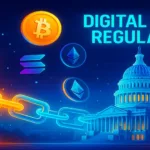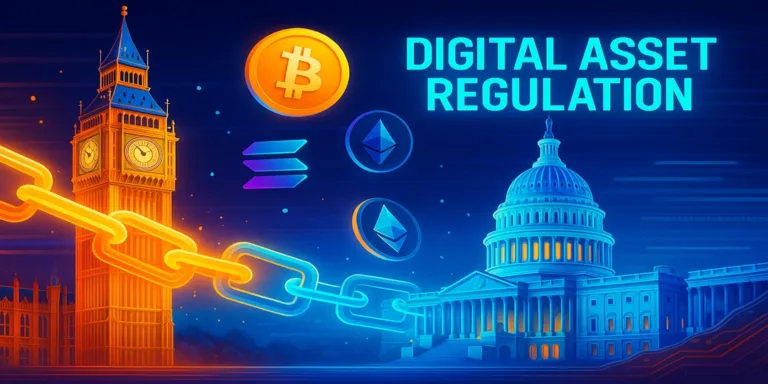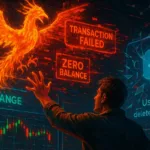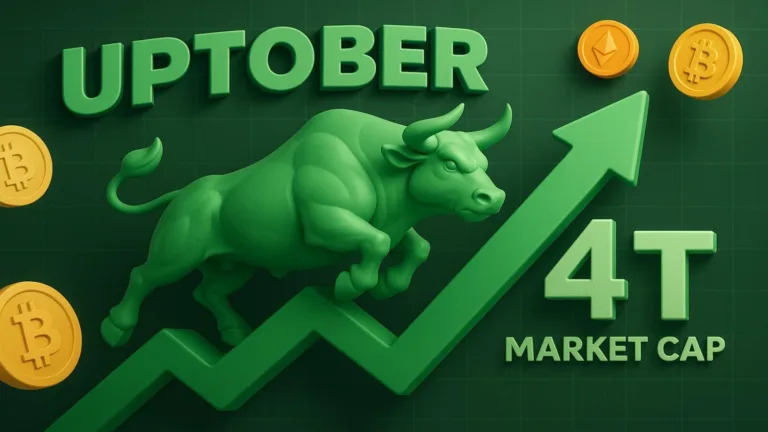For more than a decade, crypto has lived in a twilight zone between innovation and uncertainty. Traders call it freedom, regulators call it chaos, and institutions often call it “too risky.” But the latest announcement from London and Washington may finally turn that chaos into clarity.
The United Kingdom and the United States have joined forces to create a Transatlantic Task Force for Markets of the Future, a move that puts digital asset regulation squarely at the center of global finance.
This isn’t just another political handshake. It could be the first serious attempt by two of the world’s largest financial hubs to build the same playbook for crypto, stablecoins, and tokenized assets. And that changes everything.
The new alliance: Why the digital asset regulation matters
For years, the U.S. and the UK have pulled in different directions. America leaned toward heavy enforcement, often regulating by lawsuit. Britain focused more on sandbox experiments and cautious innovation. The result? Confusion for businesses and hesitation for investors.
By teaming up, the two sides are signaling a shift. Instead of fragmented approaches, we may soon see shared frameworks for stablecoins, decentralized finance, and tokenized securities. That’s not just bureaucracy; it’s the foundation of legitimacy.
When digital asset regulation becomes predictable, companies can actually plan long-term. Startups know the rules. Investors understand the risks. And ordinary people can use crypto products with greater confidence.
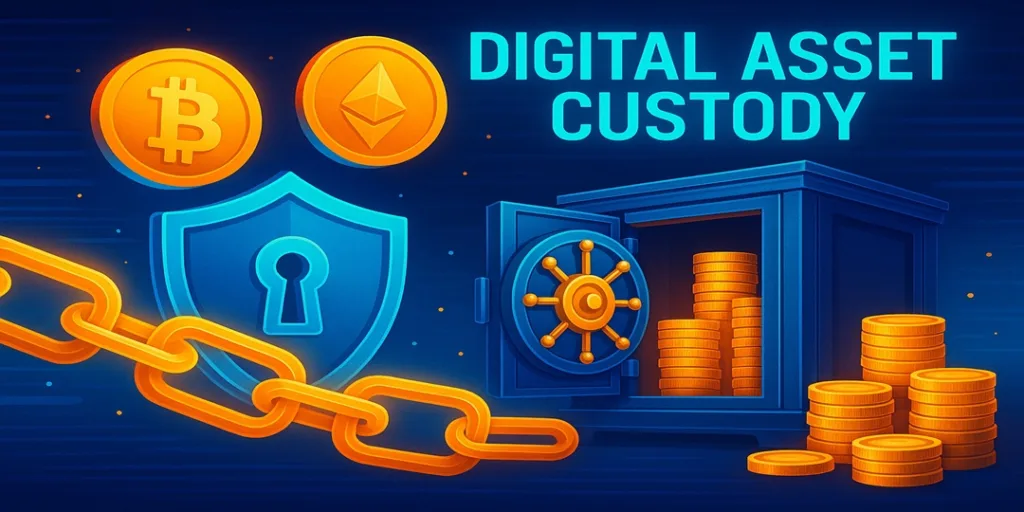
What this means for traders and builders
Surely, we can all agree, trading crypto isn’t just about price. It’s about uncertainty. One regulator bans a token; another allows it. A DeFi platform is welcomed in London but threatened in New York. It’s chaos by design.
The new task force aims to reduce that chaos. Expect tighter rules, yes. But also expect clearer guidance on how exchanges can list coins, how stablecoins must hold reserves, and how tokenized real estate or securities will be treated across borders.
In plain English: fewer loopholes, fewer surprises, more credibility. Digital asset regulation may sound like red tape, but it also opens doors. Institutions with billions in capital have been waiting for this clarity before diving deeper into Bitcoin, Ethereum, and Solana.
Beyond paperwork
This isn’t just lawyers writing reports. A coordinated framework could unlock real products:
- Cross-border ETFs that allow investors to trade crypto like stocks across both markets.
- Stablecoin regimes that work seamlessly in London and New York, making global payments as simple as sending an email.
- Tokenized assets, from property to art, are traded with fewer barriers between continents.
For projects like Ethereum and Solana, this pact is bullish. Developers often complain that fragmented laws slow innovation. Unified oversight means they can scale faster, with less risk of being shut out of key markets.
And for Bitcoin, it’s another step toward becoming more than a speculative store of value; it becomes infrastructure. When digital asset regulation becomes less fragmented, the hesitation around crypto adoption begins to fade.
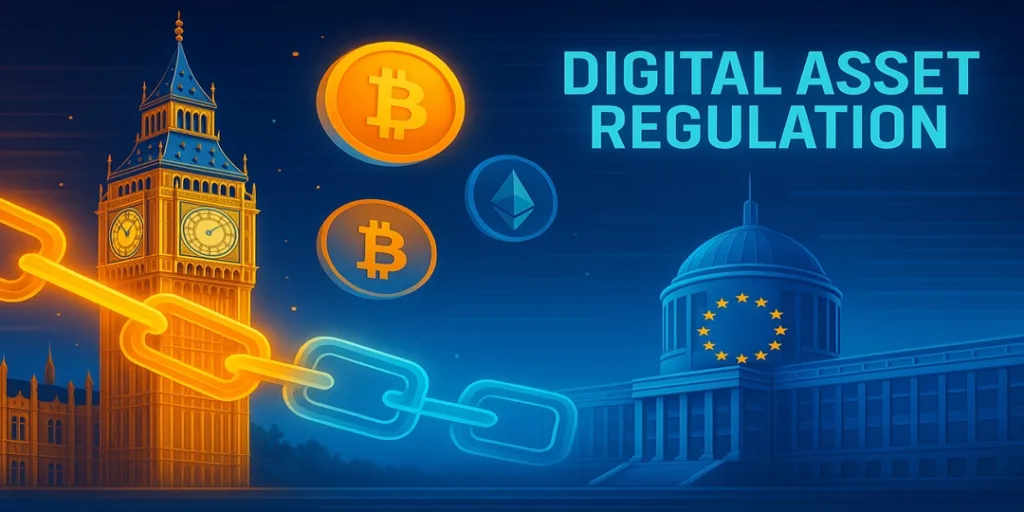
From the wild west to Wall Street
Crypto has thrived on memes, hype, and decentralized chaos. But the next stage won’t be built on moonshots. It will be built on rules that allow innovation to flourish without fear of collapse. The UK-U.S. pact is less about enforcement and more about laying the bricks for global adoption.
Think of it this way: Wall Street wasn’t built overnight. It was built on trust, rules, and a system that allowed capital to flow safely. That’s what this new task force could mean for digital assets. If London and Washington align, Europe, Asia, and the Middle East will follow.
Final word
The creation of the Transatlantic Task Force for markets of the future is a turning point. For the first time, two of the world’s financial giants are working together to shape the future of crypto.
Yes, it means more compliance. But it also means more clarity, more access, and more adoption. In other words, it’s not the end of innovation; it’s the start of mass legitimacy.
The rise of digital asset regulation is not about slowing crypto down. It’s about making sure the next wave of adoption has a strong foundation. When the UK and the U.S. write the rules together, the rest of the world pays attention.


